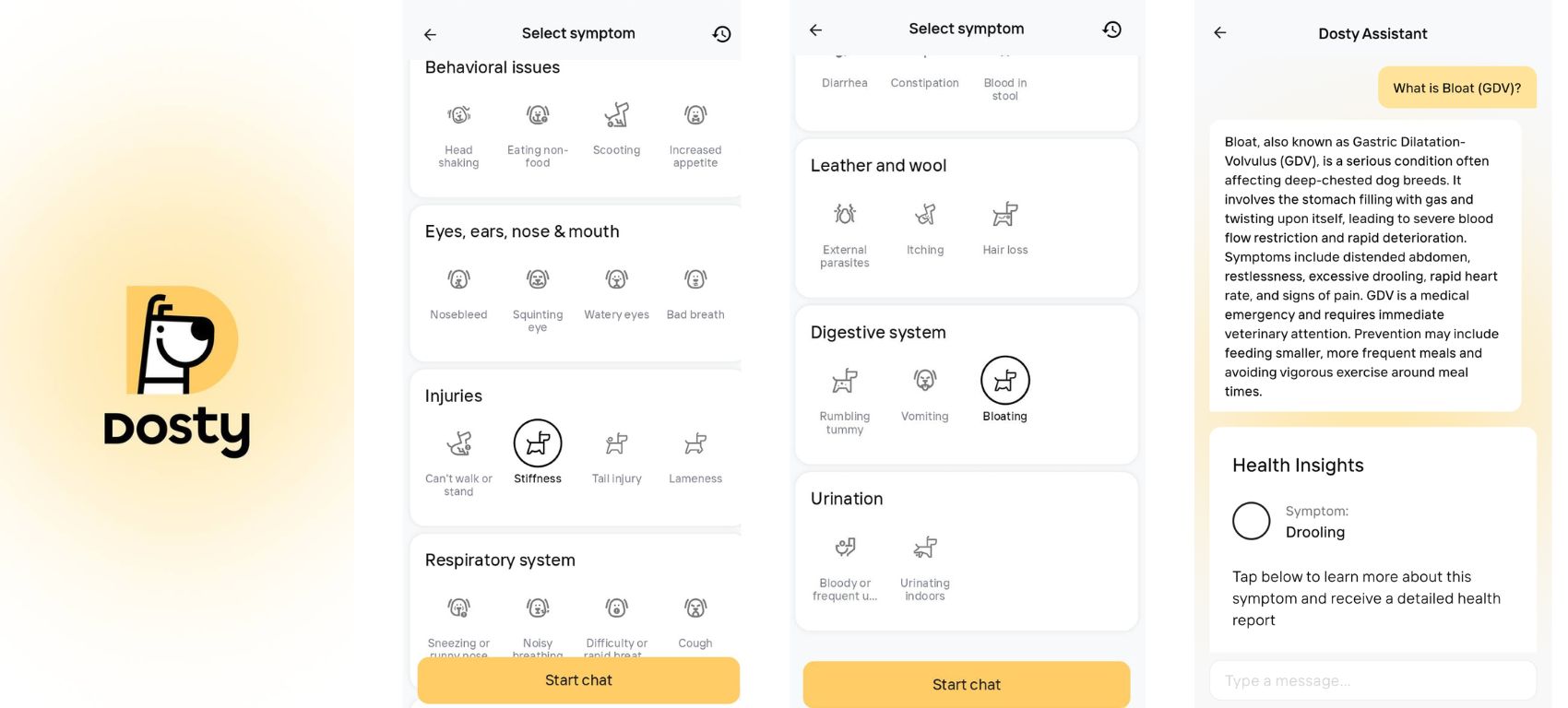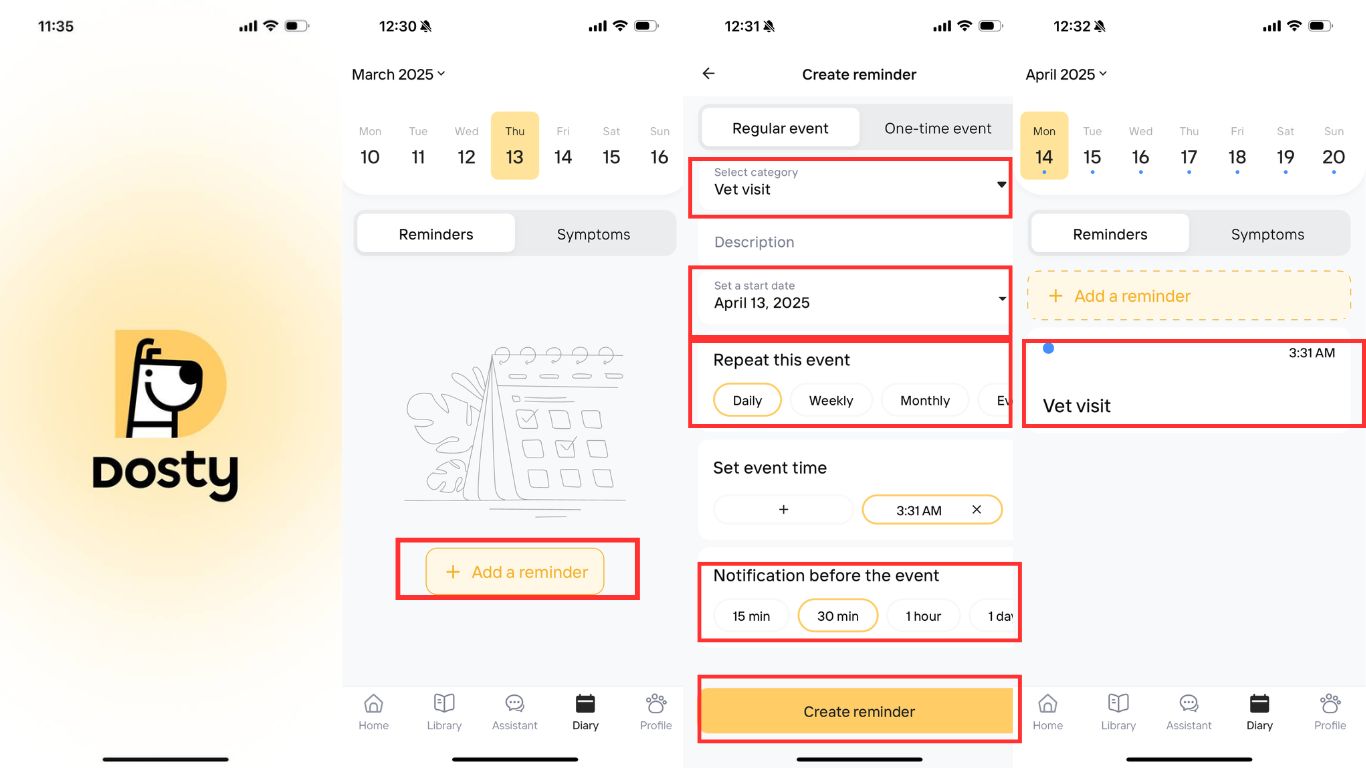On this page
What Are Seasonal Allergies in Dogs?
Seasonal allergies in dogs occur when their immune system responds abnormally to these substances in the environment like pollen, mold spores, or dust mites. These allergens are most prevalent during the spring, summer and fall months, when plants are flowering and the outdoor air is already full of little particles carrying them.
Dogs can breathe in these allergens, absorb them through their skin or track them into the house on their paws. In sensitive pups, that exposure can result in itchy, red skin and other allergic reactions. “I think we don’t take allergies in dogs seriously enough, but they are just as real and terrible for them as they are for us,” says Dr. Tristan Lee, DVM.
How Do Dogs Develop Seasonal Allergies?
Dogs acquire seasonal allergies after exposure to specific allergens for long periods of time. Their immune system starts to react to harmless substances, such as grass or tree pollen, as if they were dangerous. That causes inflammation throughout the skin, ears and sometimes the respiratory system.
This is not an overnight process. The symptoms generally begin between the ages of 6 months and 3 years, and can then get worse season by season. Other breeds like the Golden Retriever, Boxer, and Bulldog are predisposed to seasonal allergies because they probably inherited a genetic hypersensitivity to pollen. “As in people, puppies who are early and regularly exposed will turn exposure into an allergy” Dr. Magda Upton, DVM.
Explore blogs, breed insights, and expert advice on Dosty.co!
Common Signs of Seasonal Allergies in Dogs
Seasonal allergies usually manifest on a dog’s skin or in their behavior. You might see:
🔹 Excessive scratching or licking
🔹 Paw licking, more commonly after walks
🔹 Red, bumpy, or flaky skin
🔹 Repeated ear infections
🔹 Sneezing or watery eyes
Those are your dog’s efforts to respond to the irritants that are in the air. Seasonal allergies tend to ramp up during specific months, so if your dog itches more in the spring or fall, you have a clue.
Is your dog scratching more than usual❓
Dosty connects the dots between symptoms and seasons with smart tracking and instant health insights.
📲 Take the sting out of allergy season, for both of you.
How to Tell If It’s a Dog Allergy or Something Else?
Itch is not all allergies. Occasionally, dogs scratch because of things like fleas, food sensitivities or skin infections. So how can you tell?
Seasonal Allergies in Dogs Are Generally Well-Behaved:
🔸 Starts at some times of year
🔸 Itching is localized on paws, ears, belly and face
🔸 There is no vomiting or diarrhea (which is more typical with food allergies)
🔸 Asthma is better at home or during winter season
Skin tests or blood work can be done by a vet to help diagnose and eliminate other possibilities.
How to Treat Seasonal Allergies in Dogs?
There is no one-size-fits-all solution, although you can manage symptoms by combining treatments:
- Antihistamines – Some dogs give good results but other achieve absolutely no change.
- Medicated shampoos – Relieve itching and remove allergens from the hair coat
- Steroids or Apoquel – Quick relief for severe cases
- Cytopoint injections – These are injections given once monthly to block the itch signals.
- Allergy Testing and Immunotherapy – Permanent fix that retrains immune system
Dr. Lauren Adelman, DVM, says, “The best response is seen when treatment is individualized. For some dogs, all it takes is a bath and some antihistamines. Others need immunotherapy to prevent flare-ups entirely.
When Should You See a Veterinarian for Your Dog’s Allergies?
See a Vet When Your Dog:
- Scratches or licks constantly
- Has sores, scabs, or hair loss
- Gets frequent ear infections
- Isn’t better after basic home care
A vet can help diagnose the problem, advise you on medications and develop a treatment plan that is best for your dog. Early treatment of allergies can stave off chronic skin disorders and expensive problems.
Sick of blanking on vet appointments until it’s too late❓
Dosty’s reminders let you manage in advance, so your dog gets help before allergies escalate.
How to Prevent Seasonal Allergies in Dogs?
While you cannot take pollen out of the air, you can limit how much your dog is exposed to:
- Dampen paws and belly wipe after each walk
- Gentle, vet-approved shampoos once a week or so.
- Shut windows on high-pollen days
- Run an air purifier inside your house with a HEPA filter
- Keep walks to a minimum during early morning or evening hours, when pollen levels are at their peak
These measures are not only useful to avoid allergies but also for quick healing in case of an allergy attack.
FAQs About Seasonal Allergies in Dogs
1. When do seasonal allergies start in dogs?
Most dogs start showing signs of disease between 6 months and 3 years.
2. Will my dog outgrow allergies?
No, seasonal allergies frequently if not always get worse without some care, but can be managed.
3. Are some breeds more at risk?
Yes, Golden Retrievers, Westies, Doodles, Bulldogs and Terriers tend to get them.
4. Can I use over-the-counter allergy meds?
Only with a vet’s approval. Certain medications for people can be toxic to dogs.
Conclusion – Helping Your Dog Stay Comfortable All Year Round
Seasonal allergies don’t have to wreck your dog’s life. With early warning signs, diagnosis by a vet and smart prevention and management steps, your four-legged friend can again find relief and be outdoors, even during the worst of allergy season.
📲 Ease your dog’s allergy misery, and smart track your way with Dosty.



